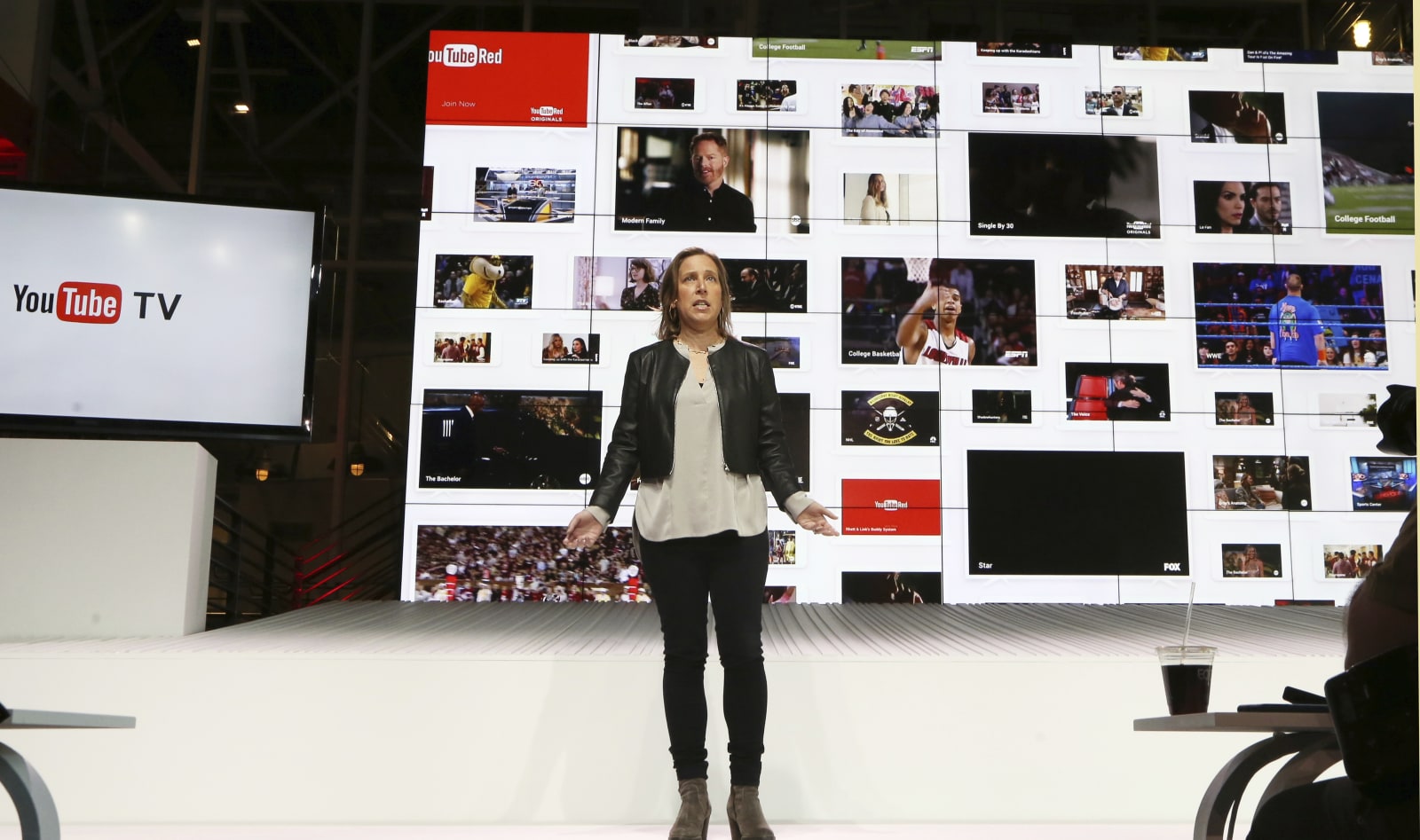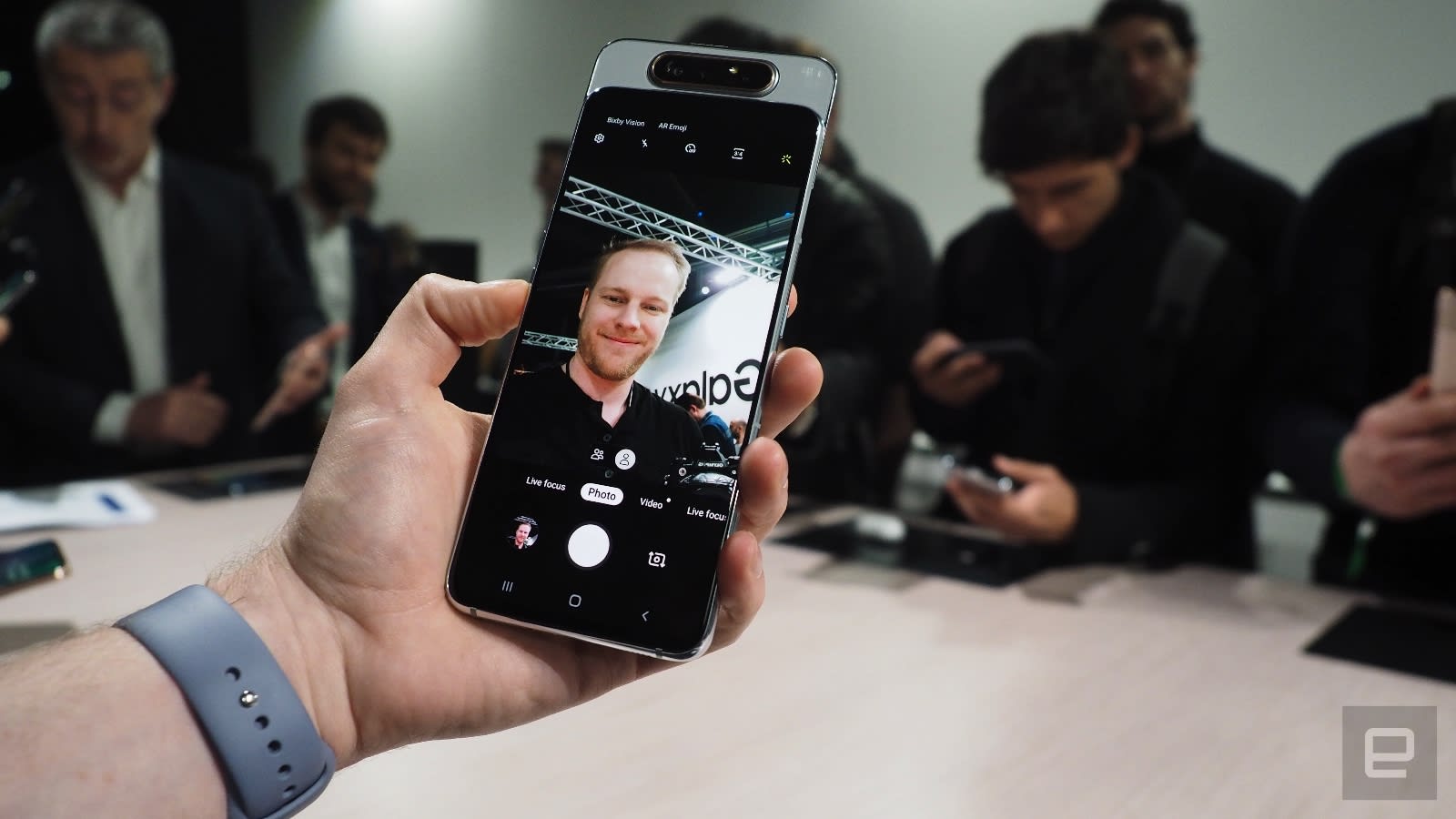Verizon launched its mobile 5G network last week in “select areas” of Minneapolis and Chicago, and a speed test shared by a Verizon spokesperson showed an impressive download speed of 762Mbps.
But the single speed test displayed by Verizon was conducted near a tower with clear line of sight to that tower. Actually finding a 5G signal elsewhere in Verizon’s launch areas is much more difficult, according to tests by The Verge and CNET.
Ars Technica
This story originally appeared on Ars Technica, a trusted source for technology news, tech policy analysis, reviews, and more.
The two news organizations each had a reporter travel through the parts of Chicago where Verizon says its 5G network is ready. The results were disappointing.
“I visited both the Chicago Theatre and Chicago Art Institute, and there was no 5G signal to be found at either location,” Verge reporter Chris Welch wrote. “The same goes for Millennium Park. At the Bean, I was just getting regular old LTE.” Those apparently 5G-sparse places were all among the areas where Verizon announced its “5G coverage is concentrated.” When Welch did get 5G, his tests showed download speeds ranging from 410Mbps to 573Mbps and uploads of 10Mbps to 29Mbps.
CNET reporter Jessica Dolcourt found much the same in a daylong trek through parts of Chicago.
“At times, the 5G speeds recorded by the Speedtest.net benchmarking test got us the 600-plus megabits per second download speeds Verizon has promised (my peak speed was 634Mbps),” Dolcourt wrote. “Other times, it was closer to 200Mbps, and still other times, the phone professed to be on 5G but acted a lot like 4G. I had a battalion of upload and download tests I was going to try Thursday in downtown Chicago, but it was so hard to keep a 5G connection long enough to run the most basic tests, I had to throw those plans out the window.”
Despite some good speed-test results, Dolcourt wrote that “the lightning-fast speeds on some benchmarking tests failed to translate into real gains when downloading large app and video files.”
In addition to the geographic limitations, the Verizon 5G network only works on one smartphone for now: the Motorola Moto Z3, and only when the Z3 is connected to the Verizon-exclusive 5G Moto Mod attachment.
Dolcourt kept in touch with Verizon and Motorola throughout the day. “They both acknowledged the start-up issues and said that engineers were following up with trouble locations,” CNET wrote.
It’ll be better in a few months, Verizon says
When contacted by Ars, Verizon VP of Network Engineering Mike Haberman acknowledged that coverage is limited now. But he said it will improve significantly as Verizon adds more cell sites and more spectrum and after it takes advantage of improvements in technologies such as beam-steering.
Haberman also said Verizon plans improvements in latency. Verizon in June 2018 said that 5G will bring “single-millisecond latencies,” but last week’s Verizon announcement promised only that latency will be “less than 30 milliseconds.”
“I wouldn’t necessarily use the coverage you’re seeing right now as a proxy of what it’s going to be like a few months from now,” Haberman told Ars today. “There’s a lot more pieces of 5G to be added to the system, and a lot of these can be done software-wise.”
But Verizon’s marketing team heavily touted the launch last week, and Haberman called the initial rollout “a very good first version” that Verizon “wants people to use and take advantage of.”
The initial launch uses spectrum in the 28GHz range, much higher than the 700MHz spectrum Verizon uses for 4G LTE. There’s more available spectrum in the higher-frequency ranges, but the radio signals are more easily blocked. 5G deployments may thus require deployment of more cell sites in more locations.
But in Chicago and Minneapolis, Haberman said that Verizon’s 4G network is already so dense that the company is placing most of the 5G cells in the same spots as the 4G cells. “In those markets, we feel the density is sufficient,” Haberman said, while noting that the required density will vary from market to market.
Verizon says it will launch 5G mobile service in more than 30 US cities this year.
Verizon charges $10 extra for 5G
Even though Verizon’s 5G network is hard to find in the only two cities where it exists, Verizon is charging an extra $10 a month to use it. You can’t add 5G to just any Verizon plan, either—you have to buy one of Verizon’s unlimited plans in order to get access to the $10 5G add-on. (The $10 charge is waived for the first three months.)
Given the limited coverage area, it’s unlikely that you’ll get your $10 worth even if you live in one of the two 5G cities. The download speeds are great, Welch wrote, “but until you can walk a few city blocks and maintain a 5G signal, what’s the point?”
A Verizon spokesperson told Ars that “it’s early” and that “everything gets better from here.” Verizon also pointed us to an article by Digital Trends from a reviewer that Verizon told us “had a different (less frustrating) experience.”
But even the Digital Trends article said that finding a Verizon 5G connection is like “panning for gold.” Digital Trends reporter Julian Chokkattu wrote:
I walked to five different 5G nodes around the inner city of Chicago, which are all situated near popular landmarks like Magnificent Mile. The description in Verizon’s press release of these 5G locations [was] vague—I’d have wasted a lot of time looking for them if I wasn’t given more precise intersections. Even then, I still had to walk back and forth a few blocks to find the node. It’s not like I automatically connected to 5G when I was in the area—I often needed line of sight to the node for the phone to connect.
Confusing matters somewhat is that the 5G network indicator only shows up on the Motorola phone “when you’re actively using 5G,” The Verge noted. That apparently means there’s no way to tell whether you’re on 4G or 5G unless your phone is downloading or uploading data.
Haberman said this is because early versions of 5G use a “non-standalone core,” relying on 4G control channels to coordinate between the phone and network. When the phone actually transmits and receives data—whether because of a background app refreshing or a phone user trying to use the Internet—the phone switches to 5G.
Verizon 5G will switch to a standalone core “in a year or two,” and phones will then display a 5G indicator even when the 5G signal isn’t actively being used, Haberman told Ars.
This early limitation may have made it harder for reviewers to identify good spots for 5G speed testing, but it sounds like Verizon 5G signals would be hard to find even if the phone buzzed you every time it got into 5G range.
Haberman put a positive spin on the early deployment, saying, “What we have out there right now gives you an idea of what 5G can do in terms of throughput and the capabilities.” Haberman said that 5G coverage will “continue to improve rapidly.”
This story originally appeared on Ars Technica.







